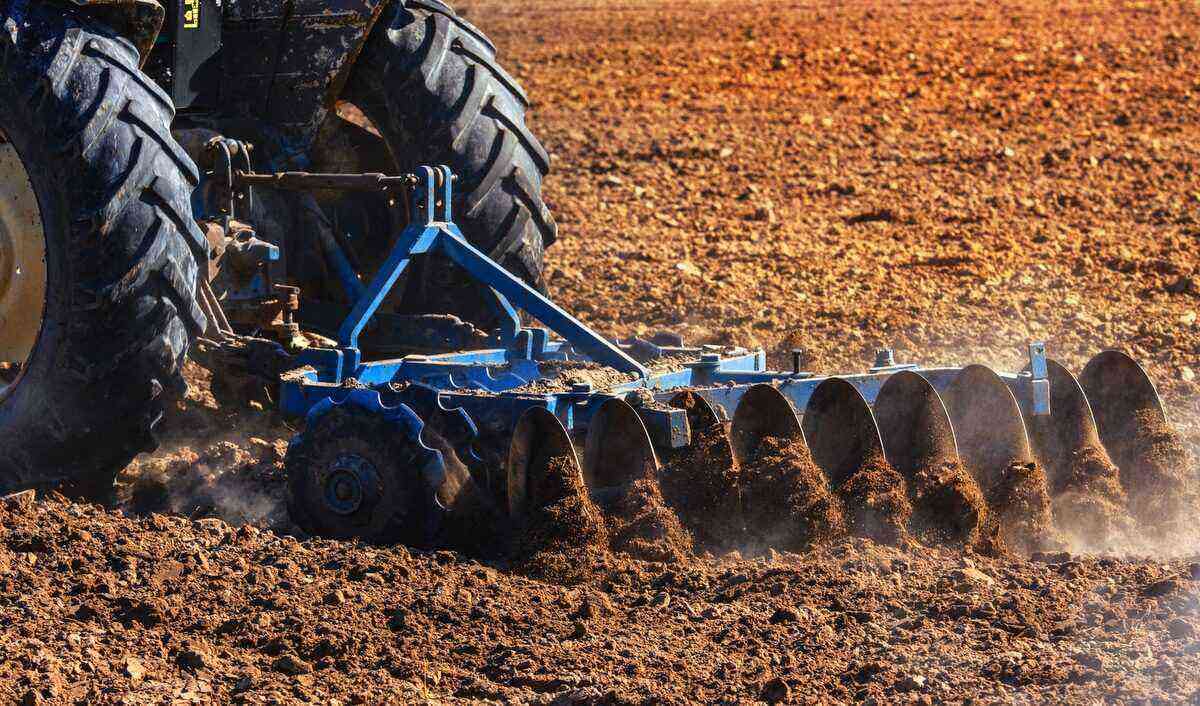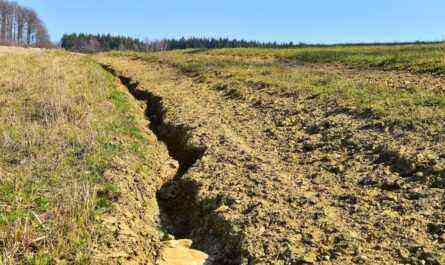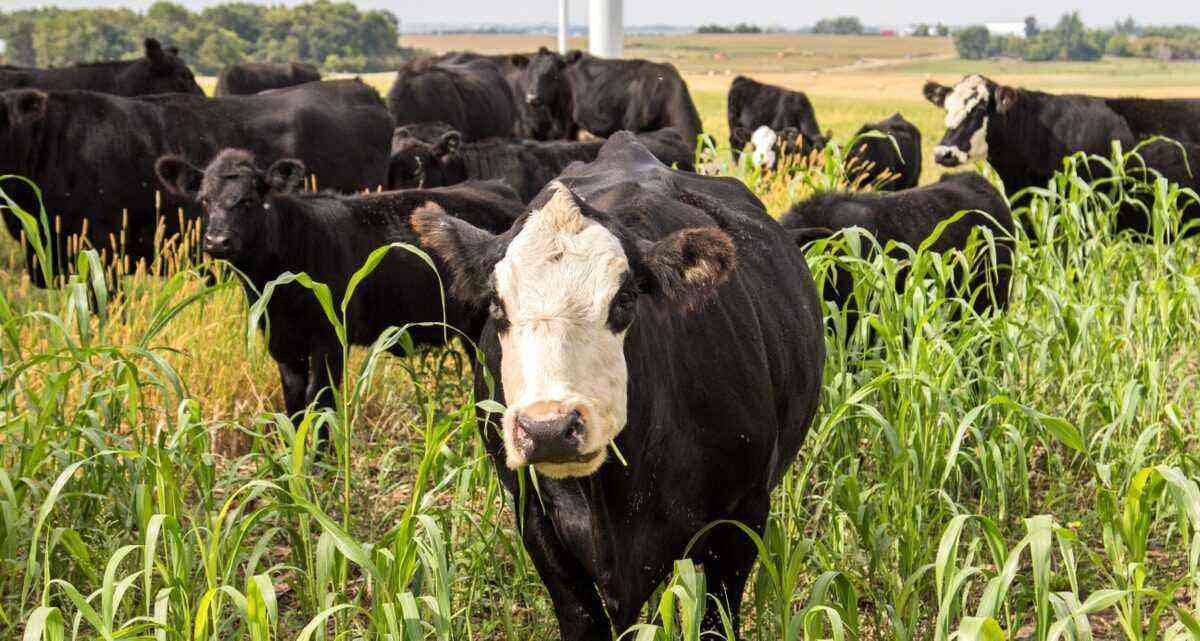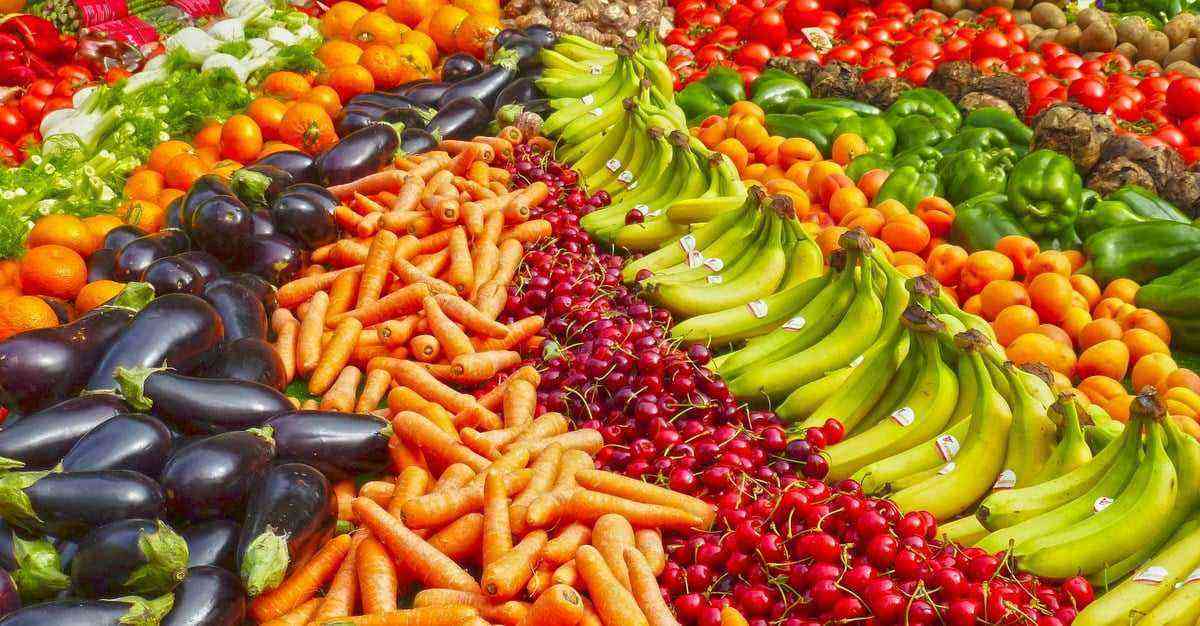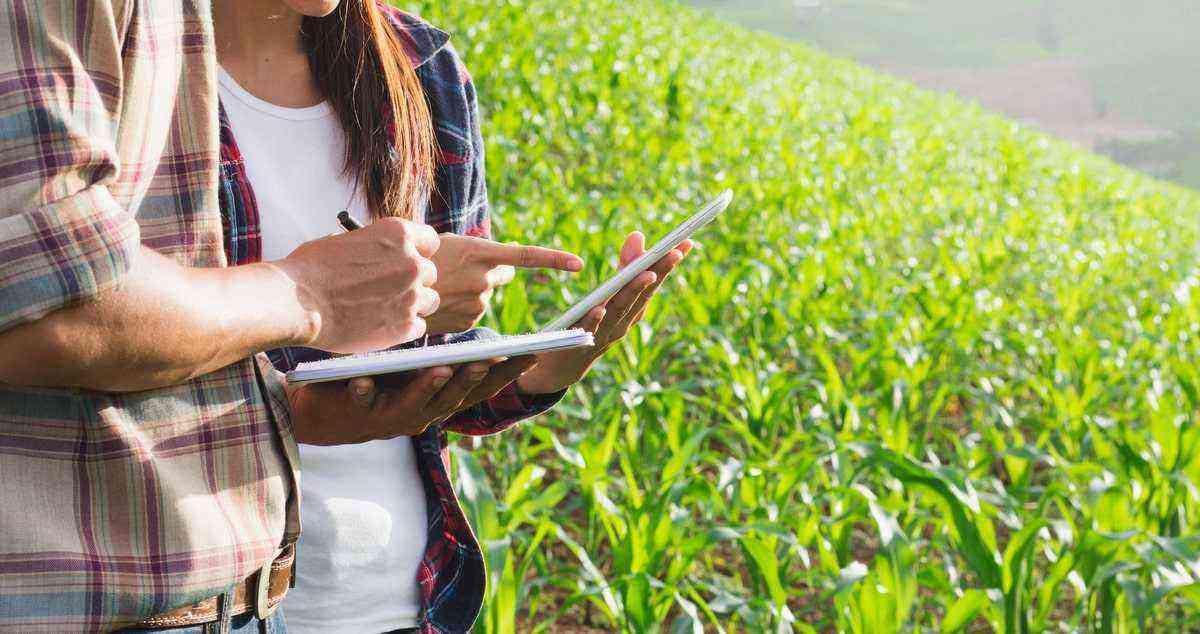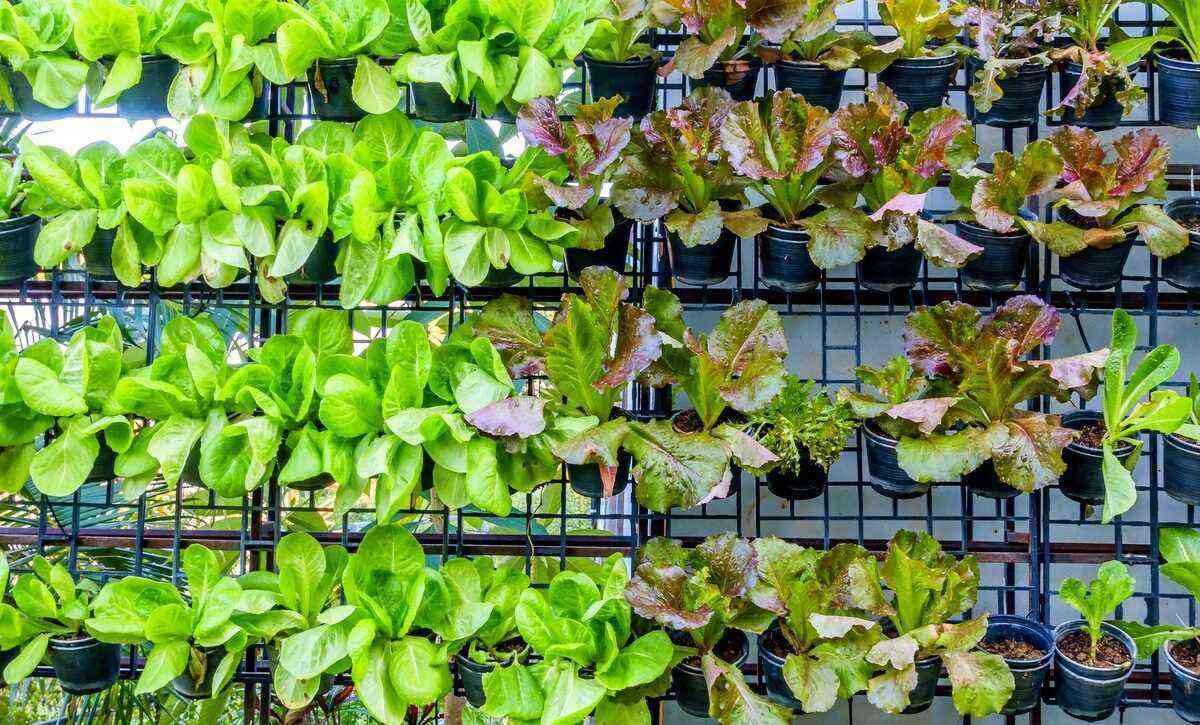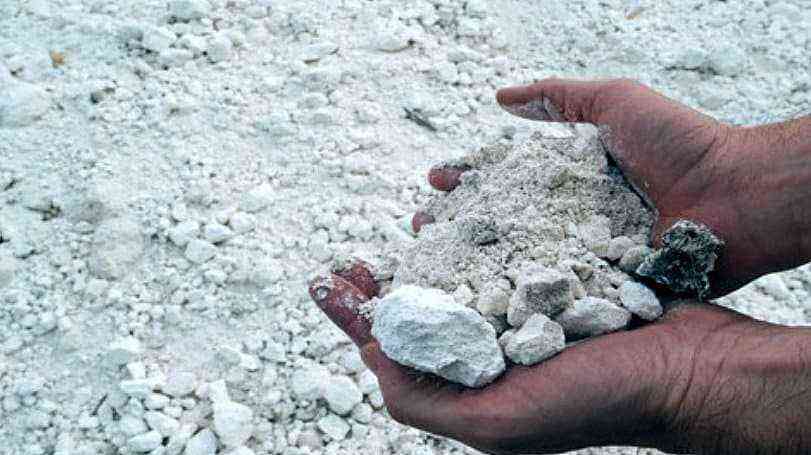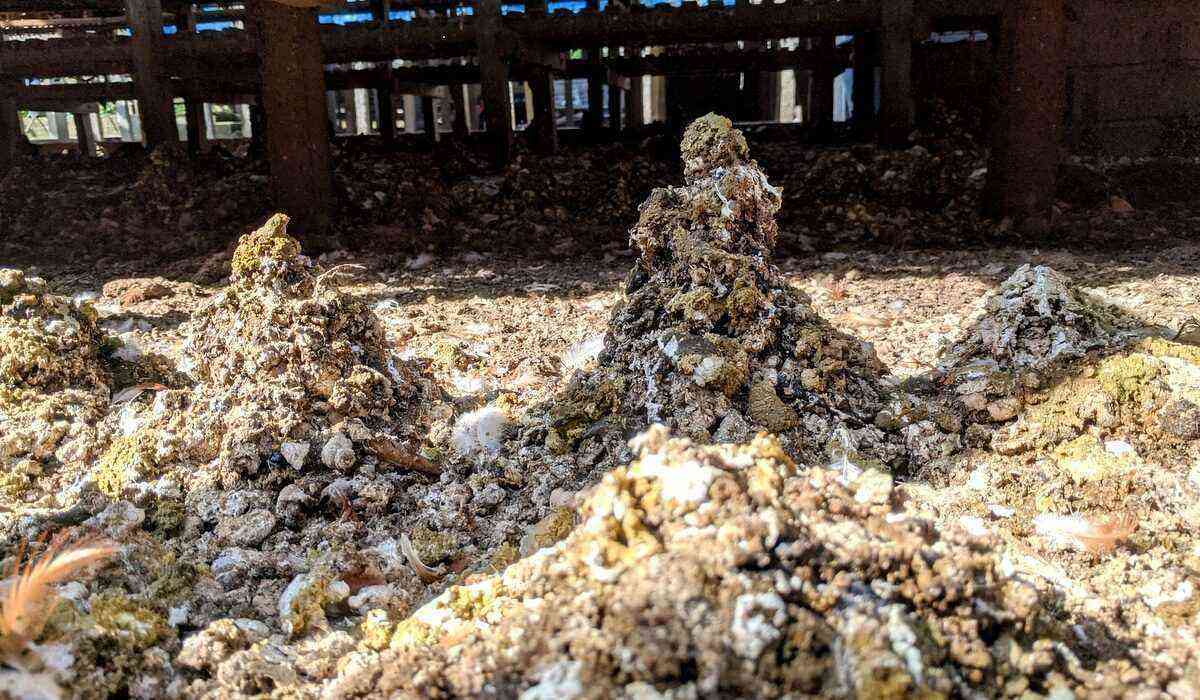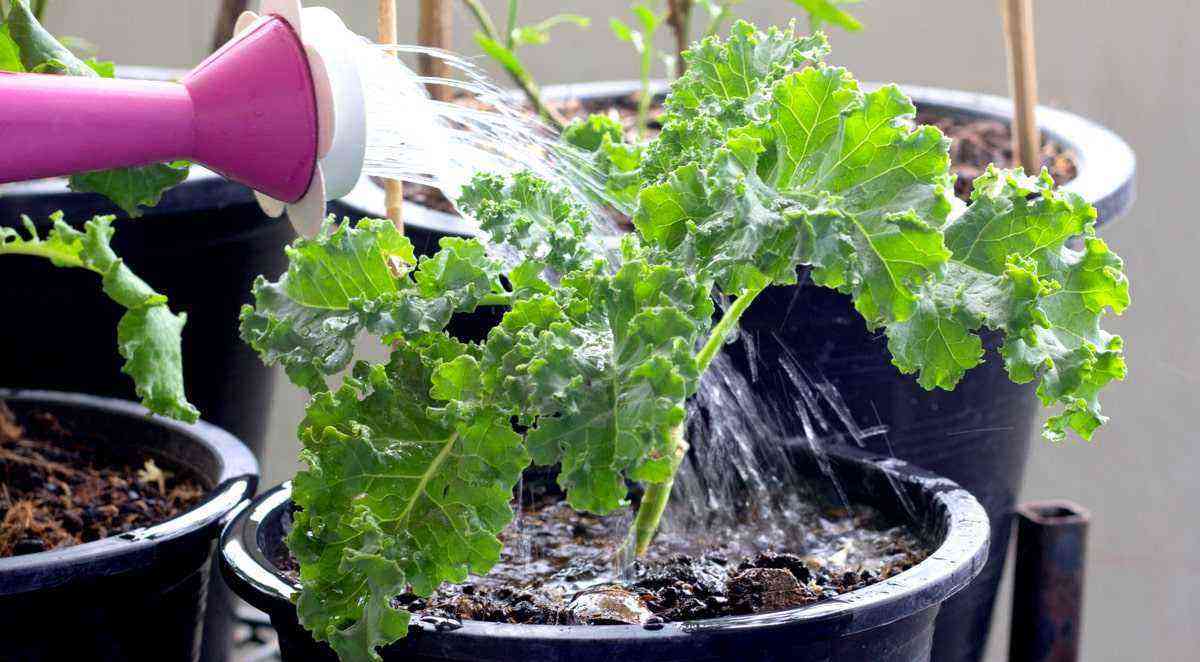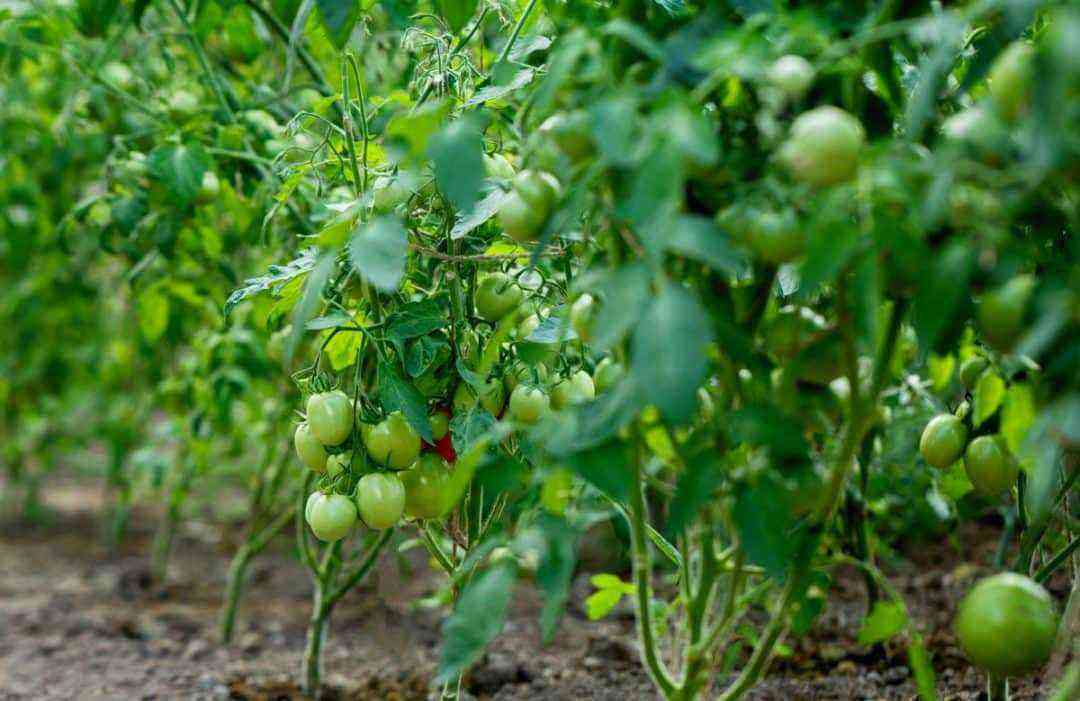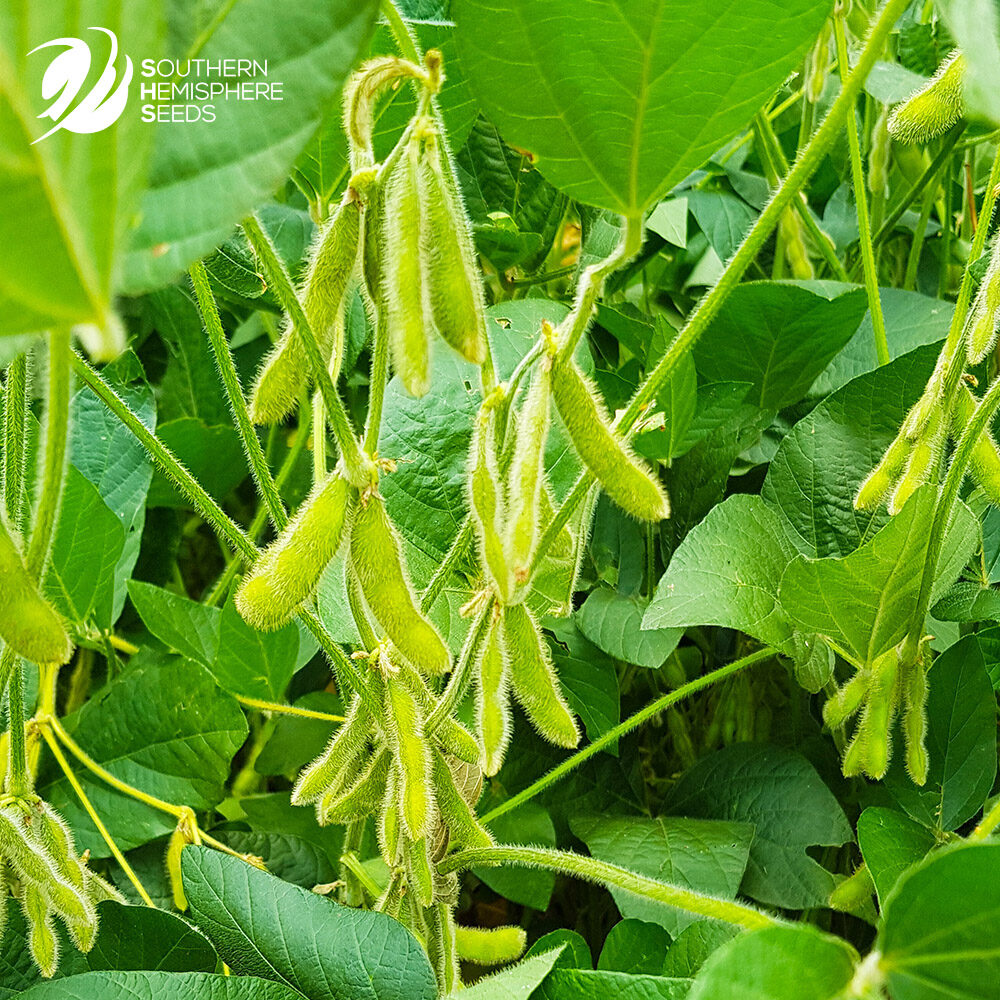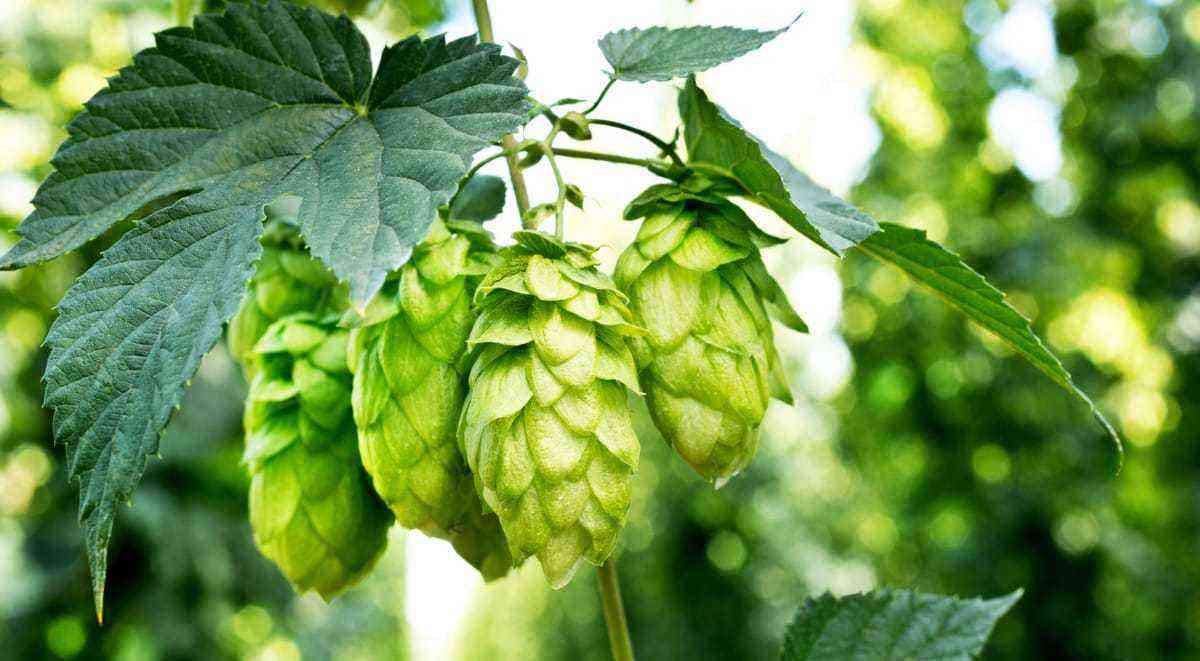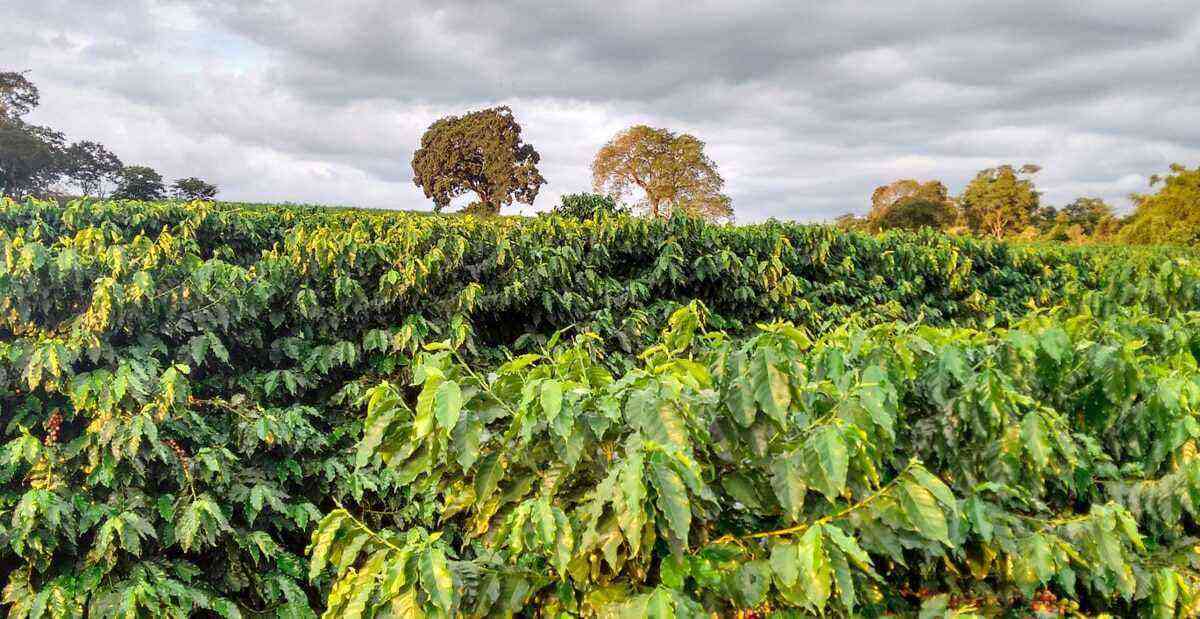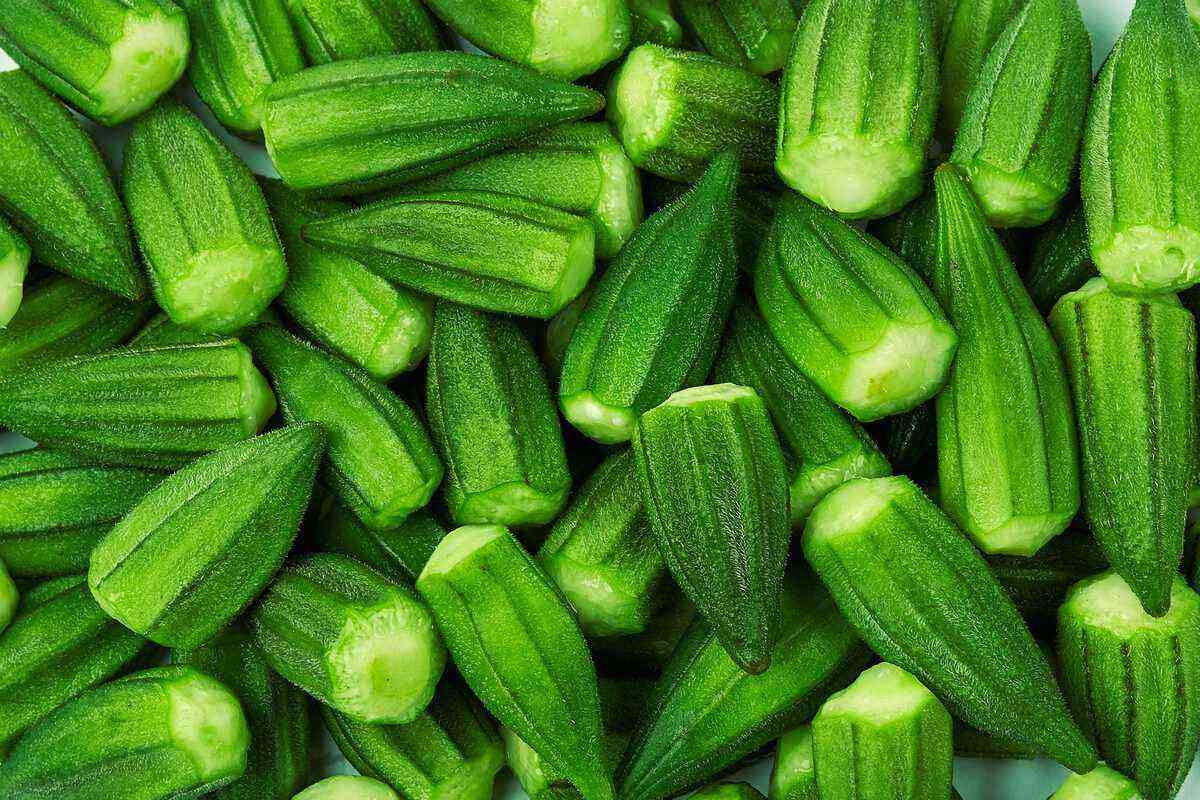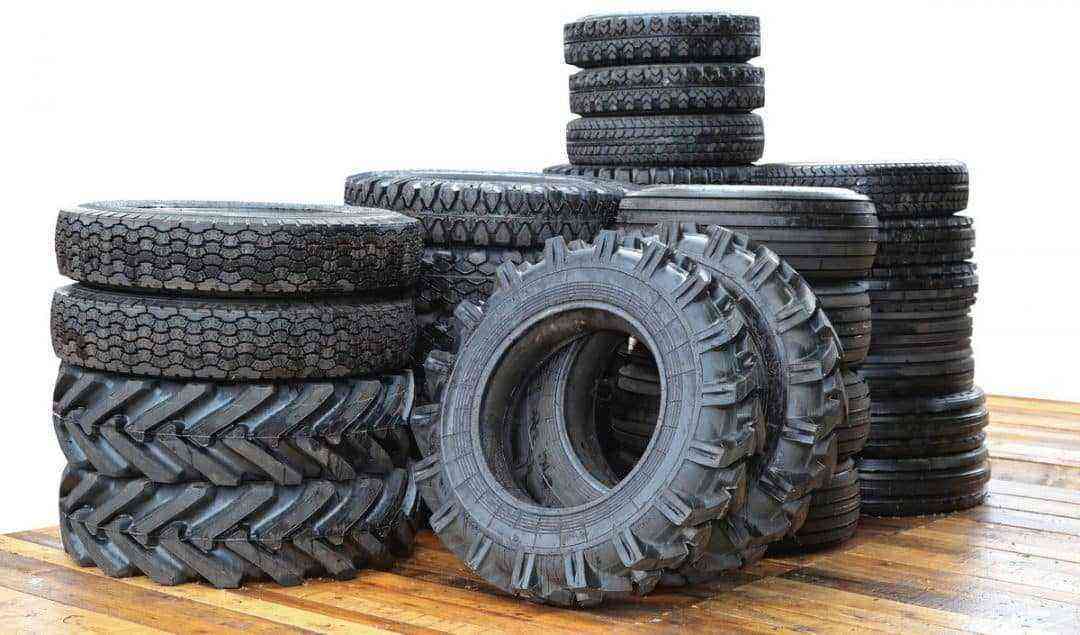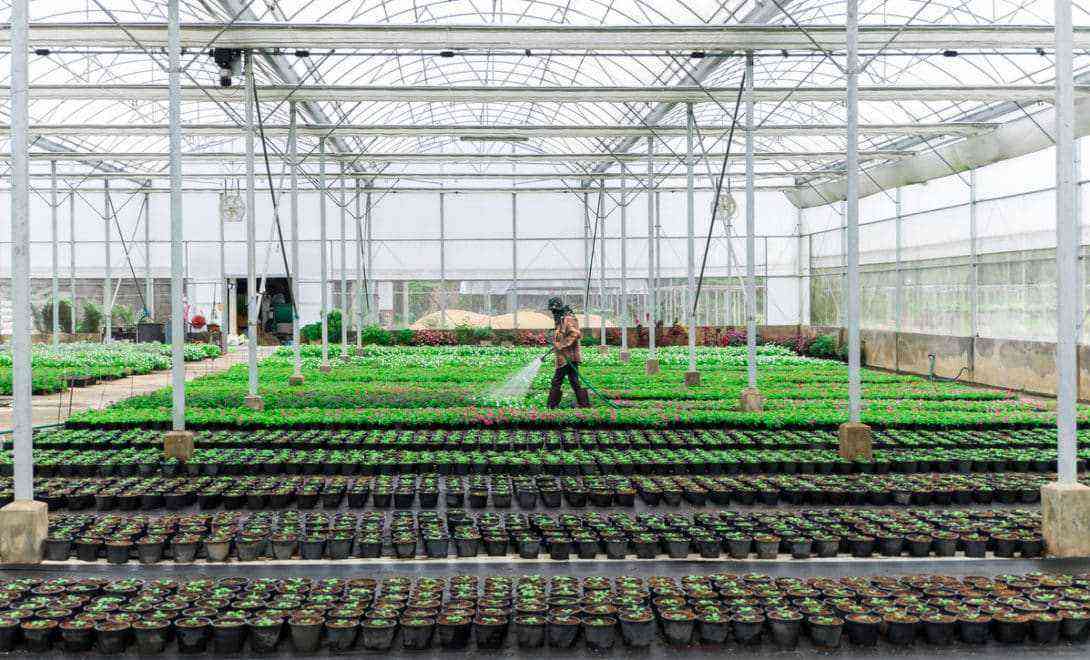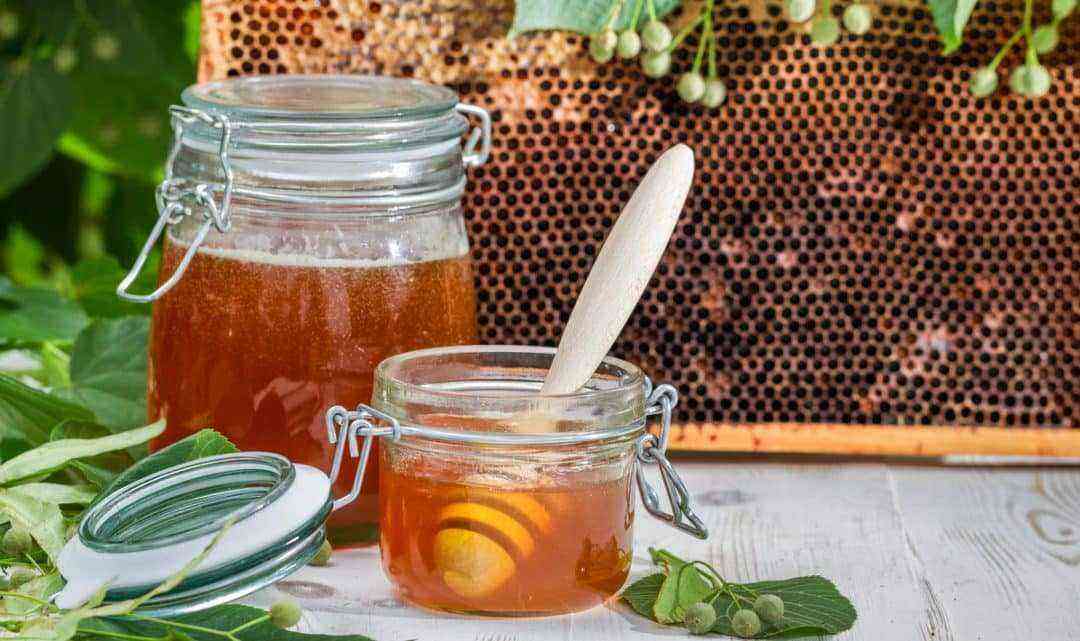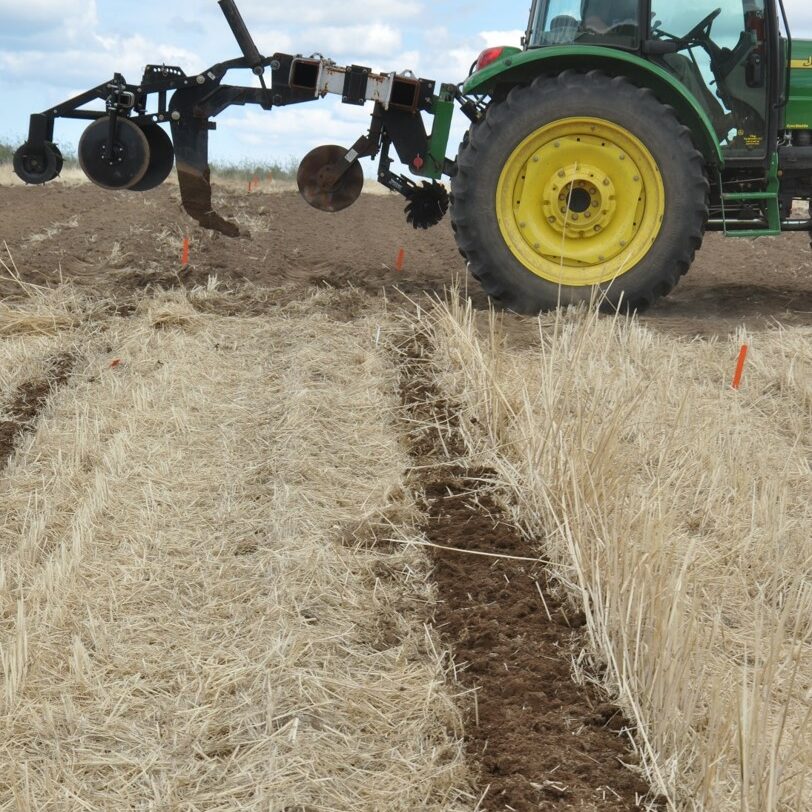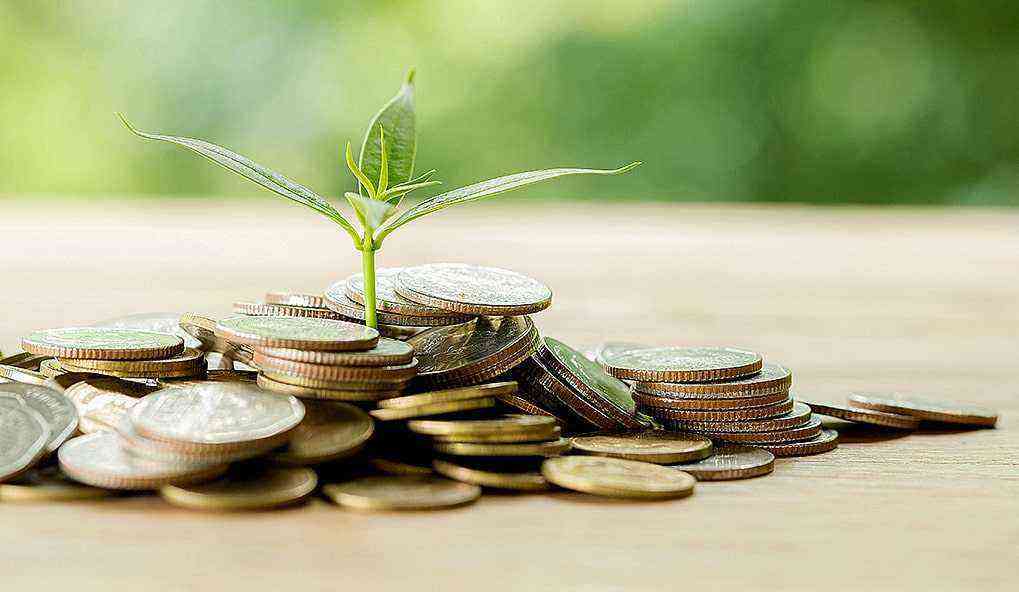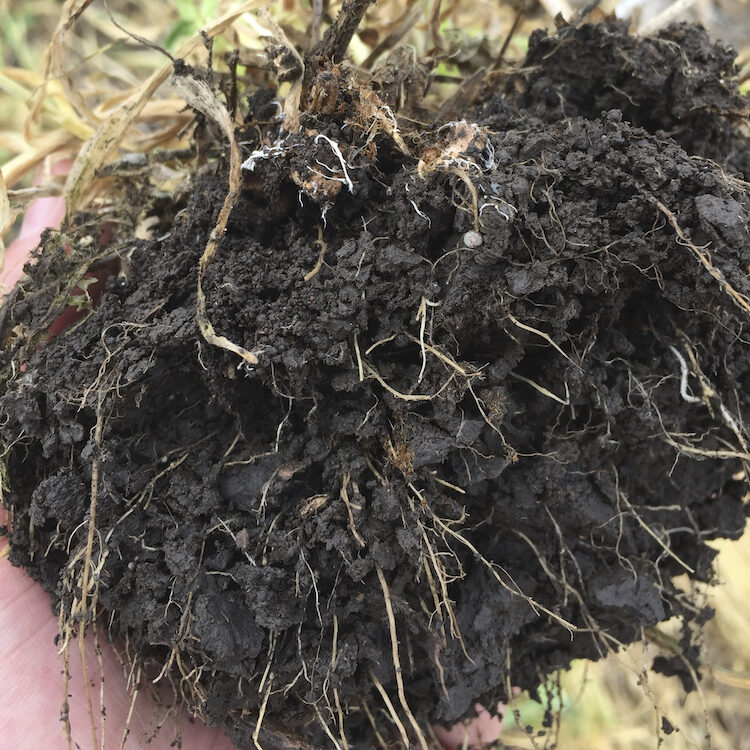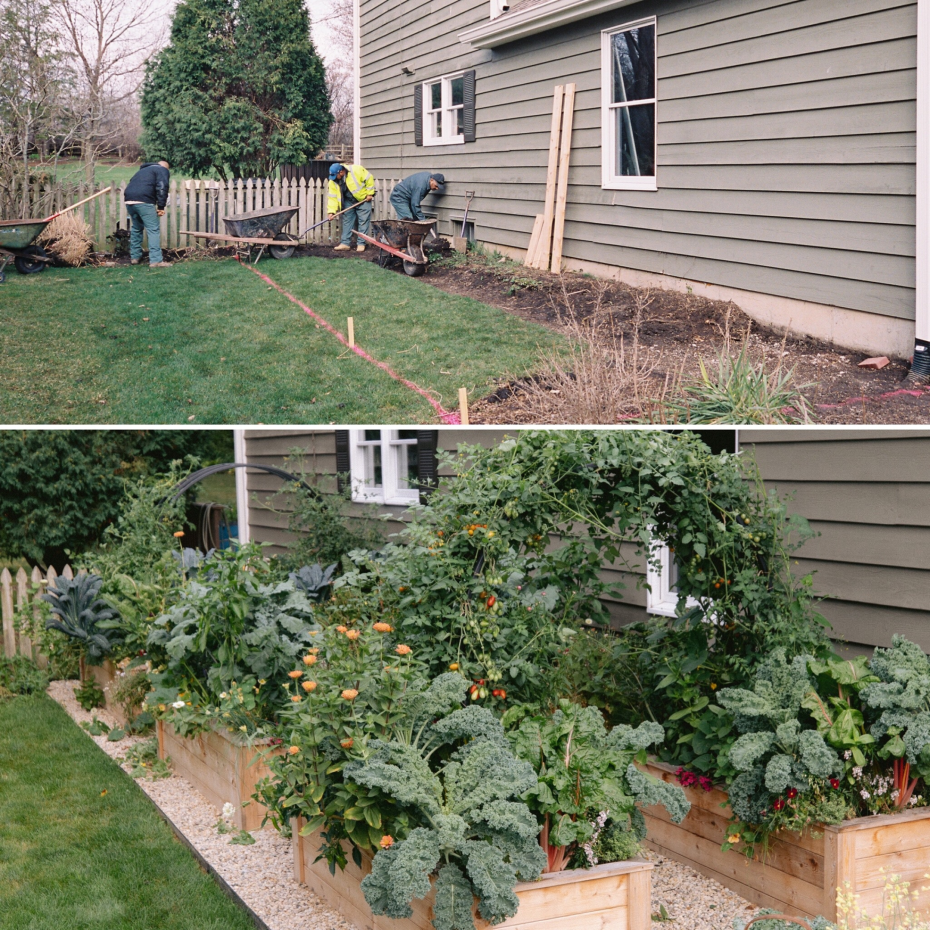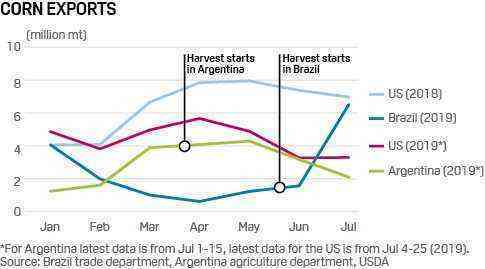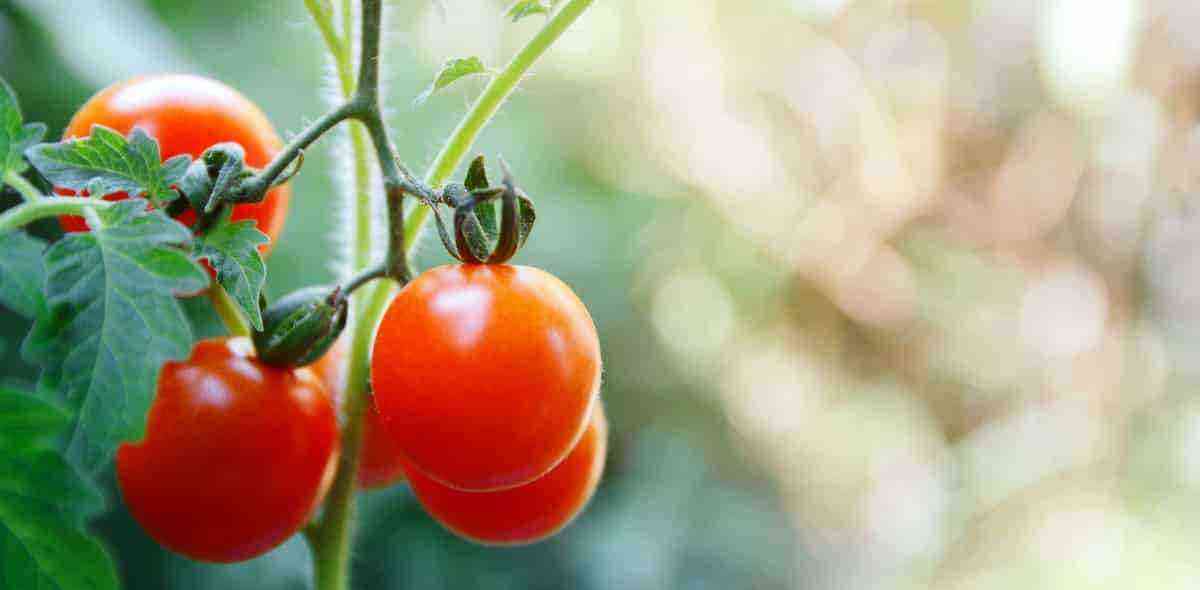According to research published early last year, by 2030, more than 104 million tonnes of plastic will be dumped into the sea. Concern for the environment in relation to this polymer is evident. In 2018, Brazil ranked 4th in the ranking of countries that produce the most plastic waste in the world.
Some types of plastic take up to 200 years to disappear completely from nature and when dumped directly into the sea, they generate serious problems with marine fauna. Many marine animals die from eating a piece of plastic, mistaking it for food.
According to a study released by the WWF in March last year, around 10 million tonnes of plastic are thrown into the sea every year. This equates to 23 crowded Boeing 747 planes dumping garbage into the seas and oceans every year.
Oil and plastic production
Petroleum is the main material in the composition of this type of product. Its durability is so high, because it does not suffer the action of decomposing agents and, consequently, it is not biodegradable. Because this is a practical element and is the use of a by-product of oil refinement, it is mass produced, being quite popular.
It’s hard to find any object that doesn’t have any plastic residue. Cell phones, toothbrushes, bottles of all kinds, not to mention objects that have mixtures of other materials with plastic.
Discovering alternatives to replacing plastic
Alternatives are being thought to replace this product that is so degrading to nature. Sugarcane has been helping since 2009 in the production of biopolymers, which are plastics that decompose faster because they are derived from biodegradable compounds.
Earlier this year, at the University of São Paulo, a component derived from sugarcane bagasse was developed that can replace oil in the manufacture of plastics. The research is from the São Carlos Institute of Chemistry, carried out by scientist Antônio Burtuloso.

Sugarcane bagasse can replace oil in the manufacture of plastics
The substance created by him can be used to replace some types of plastics. Harder plastics such as those used in the manufacture of vehicle panels and also in the production of some foams.
The results of his research were published in the journal Green Chemistry and he intends to present alternatives to petroleum in the production of plastic. Sugarcane is a renewable and green option, being beneficial to the environment, because its decomposition period is much shorter than that of common plastic.
When will this substance really become plastic?
It’s still very early days and a lot of work is needed before the molecule can reach the market in finished products, becoming truly plastic. It is still just a substance that needs to be tested for efficiency, to later generate investments and be present in people’s daily products.
It is a compound that takes about 24 hours to produce in the laboratory. And they are still looking for people who can sponsor and help in the development and improvement of this substance that can help the environment a lot.
How is sugarcane plastic produced?
The plastic that comes from sugar cane is better known as green plastic and it is already produced as a by-product of ethanol. It has the same composition as common polyethylene, having the same properties and applications.
Its biggest difference is the time of decomposition and degradation, being less harmful to the environment. While, on average, plastic from petroleum takes at least 40 years (less consistent and simple), the plastic from ethanol takes 3 to 6 months just to disappear.
The discovery made by the professor at the institute is very important for the reuse of sugarcane bagasse. In all, in the 2015/2016 harvest, Brazil produced around 166 million tons of bagasse and a large part of this volume is thrown away. Therefore, this is a raw material that exists in abundance and does not generate additional costs for the producer, being available in good quantity.
Sugarcane is a good solution to replace petroleum plastics and the sugarcane producer is extremely important to boost and transform this process.
Brazil is the world’s largest producer of sugarcane, the state of São Paulo alone holds about 55% of all production in the national territory. This is a type of production that has existed in our territory since the colonial period and has not disappeared over time.
Sugarcane is already an alternative for several other compounds derived from petroleum, such as ethanol, for example. The case of plastic is even more important because it will allow for greater reuse of all sugarcane inputs, even bagasse.
In addition, sugarcane bagasse biomass is also an alternative to hydroelectric plants, as a source of supply and sustainable energy.
According to the Institute of Agricultural Economics of São Paulo, energy sources of biomass origin, such as: agro-industrial, liquid biofuels, forest, animal residues and urban solid residues, are only 8,9% of the total Brazilian energy matrix. Of this number, 76,8% come from sugarcane bagasse.
Why can sugarcane plastic be better than oil?
Oil is a finite natural resource unlike sugar cane, which is renewable. It is important to point out that if we continue to extract this resource wildly, we run the risk of not having it anymore in the future.
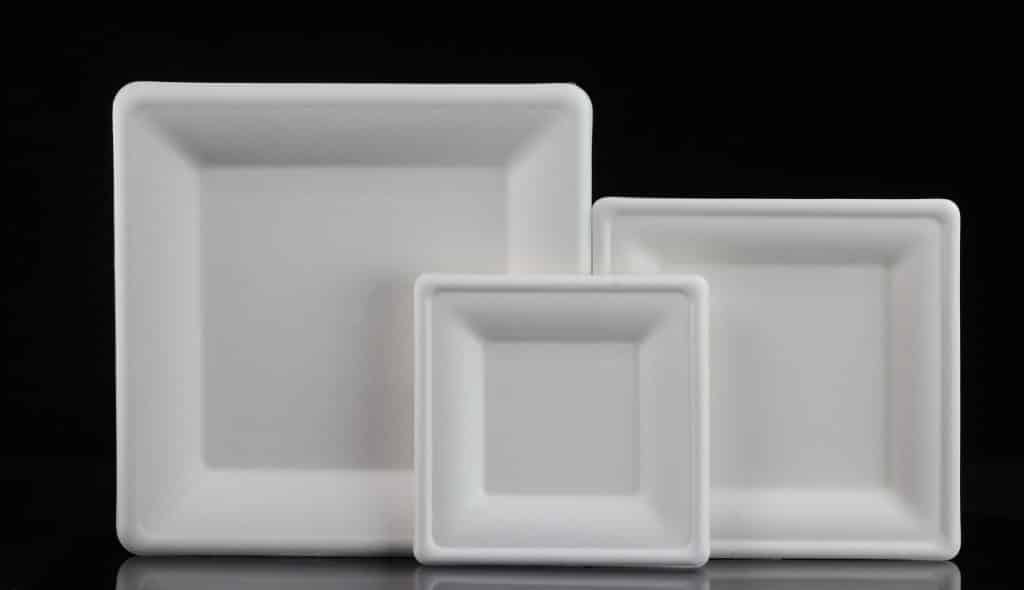
Biodegradable dishes made from sugarcane bagasse
And this is a fact that harms the entire natural cycle and also the world economy. It would take many thousands of years to have new oil in the earth’s groundwater. Furthermore, using a product that comes from sugarcane means respecting the rules of the environment and cultivating respect for nature.
If you are a sugar cane producer and value the protection of the environment, MF Rural offers products that value the environment.
Visit our website and check out our products to improve and increase your production even more.
